The Ball is a soft responsive object that accompanies a person in neurofeedback training. Like an alter ego, the Ball monitors one’s mind-state with the aim to reduce stress and enhance focus and creativity.
Made of a malleable skin-feeling material, the Ball is held in one hand like an extension of the body and enables one to monitor and to modulate his/her brain signals with closed eyes through haptic interaction while staying engaged in a meditative process.
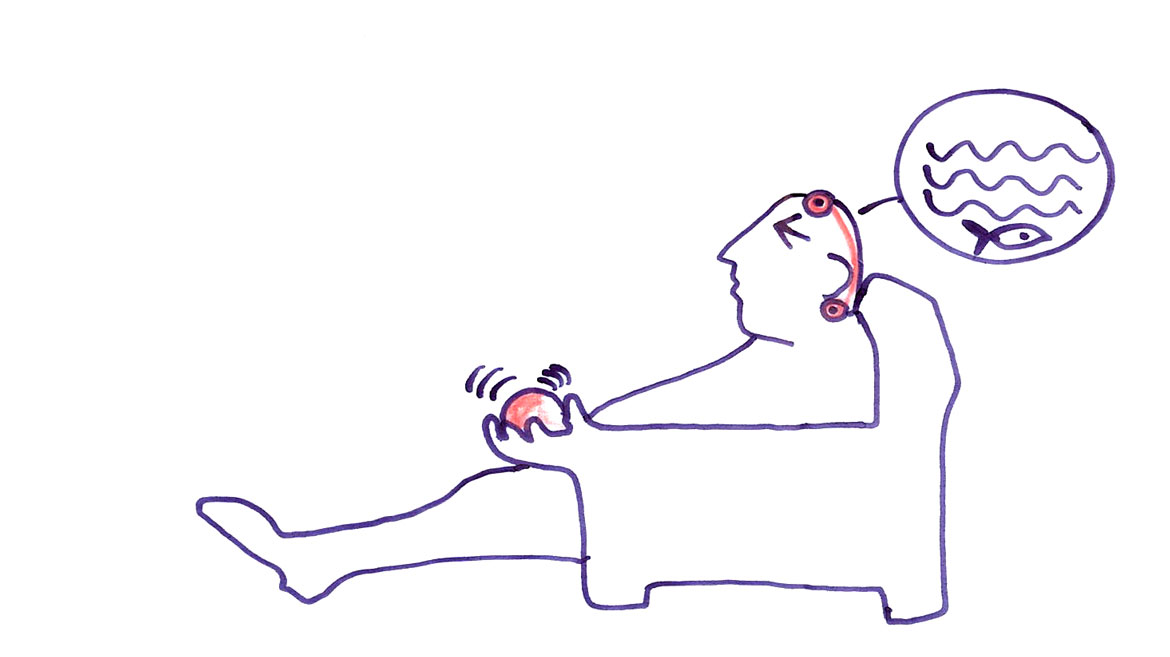
Neurofeedback is a method for self-training of the brain mediated by real-time display of the amplitude of selected brain frequencies. Translated into a real-time feedback, it rewards the user when some desired brain activity is produced, as an encouragement to maintain and amplify this achieved mind-state. Training over a period of time induces long-lasting effects in the brain and an enactive knowledge of one’s own psychological mechanisms.
Create a tangible interface that reacts to a person’s brainwaves with a direct tactile and kinesthetic feedback – in other words, a brain-controlled hand-held haptic computer. Just like holding our own mind in the palm.
We experimented with the neurofeedback system from OPTIMI and developed the Ball’s hardware, software, low energy wireless communication and skin. Through an iterative process we investigated haptic perception with various actuators and materials and conducted a pilot study at the lab.
Haptic perception
To decide which haptic feedback to associate with neurofeedback, we observed haptic perception for specific tactile and kinesthetic stimuli. Different mockups were created and we observed the best perceptual haptic resolution with vibration, temperature, shape/hardness change (felt as “breathing”) and shape change /brushing. With these we made four single-haptic feedback prototypes for the pilot study.
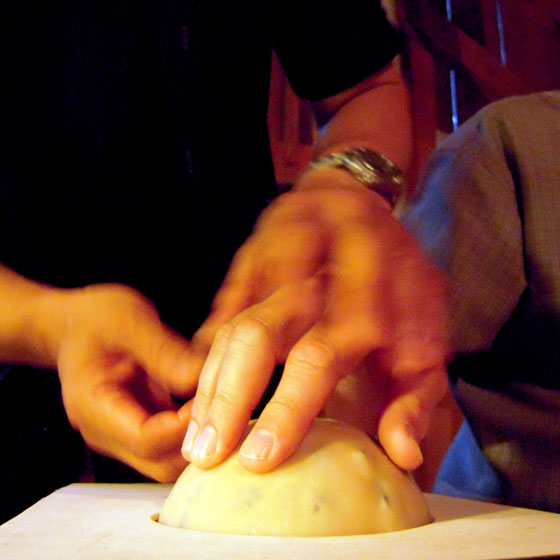
Golf Ball
Haptic feedback with a change of texture.
Haptic modulations
Haptic feedback is simulated by pulling the mockup’s skin from the inside.
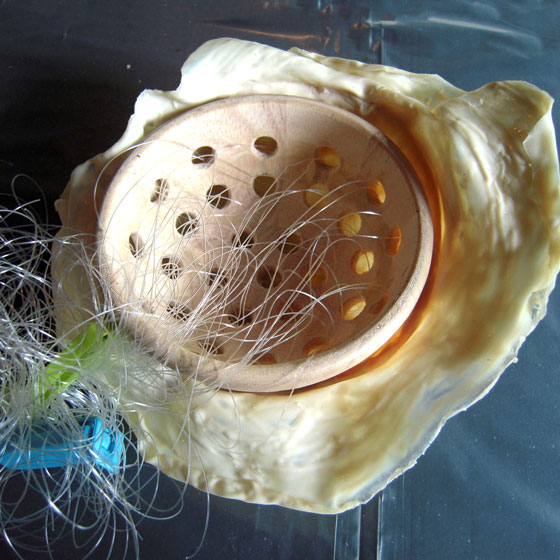
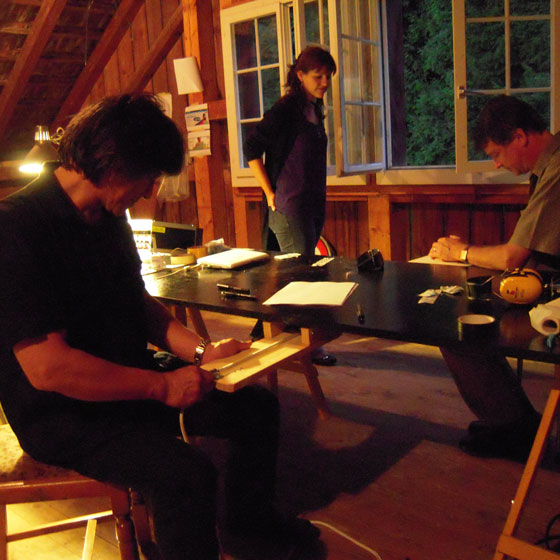
Controlling the feedback
A special table was created to control the mockups. By pulling on a cable, the surface of the device changes texture incrementally.
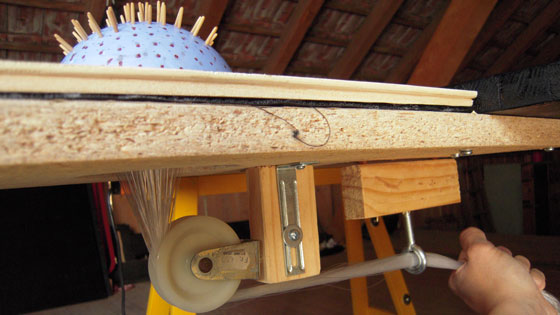
Hedgehog
With the same controlling system (tension cable attached to the device), the wood pins rotate while the surface takes a concave shape. This results as a texture / shape / pressure feedback.
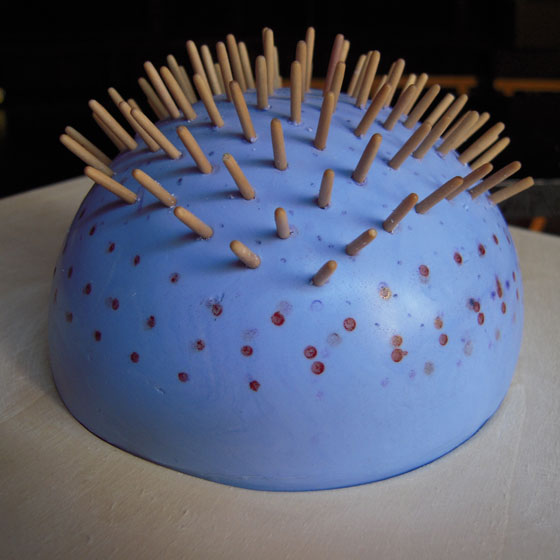
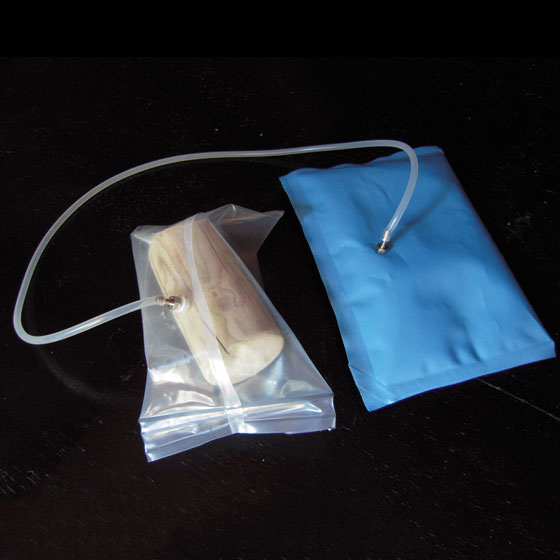
Breathing Thing
Shape/pressure feedback through the displacement of air from one chamber to the other.
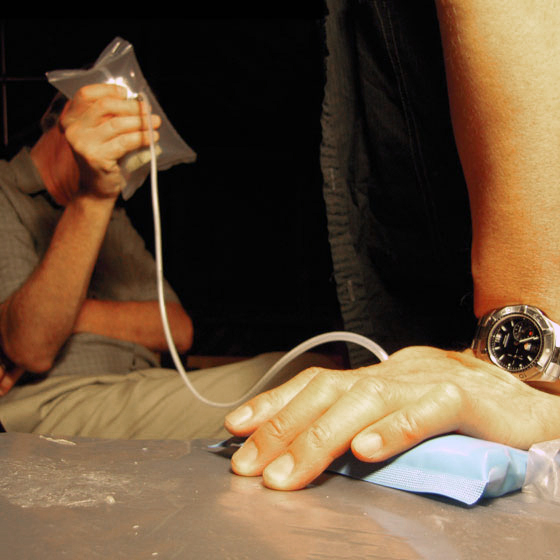
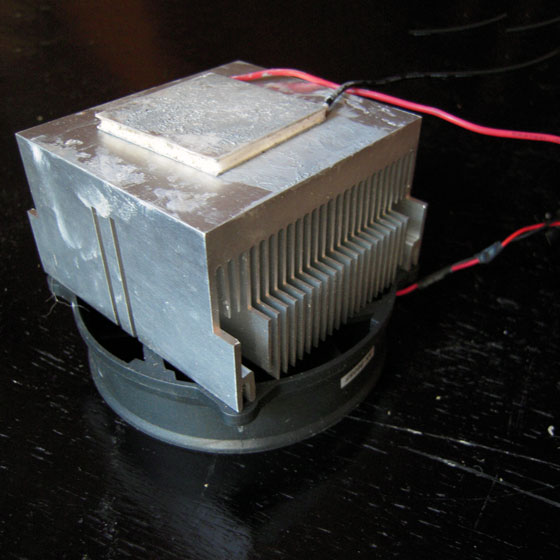
Hot & Cold
Thermoelectric actuator: the current flow in one direction causes heat to be transferred from surface A to surface B. One surface is hot and the other one is cold. The haptic feedback can be controlled incrementally.
Vibrotactile
Vibration actuator to be placed in a silicone ball
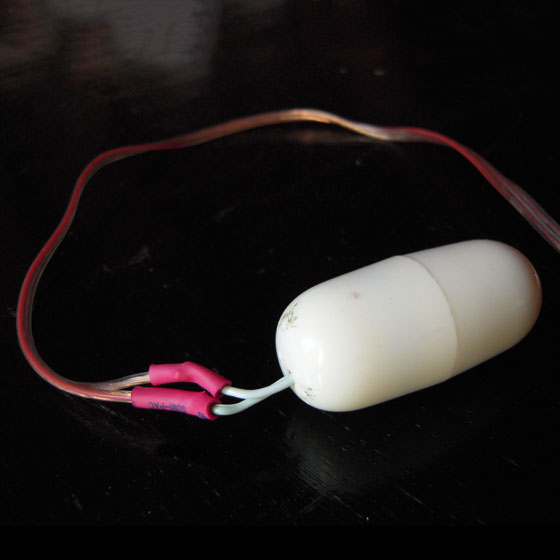
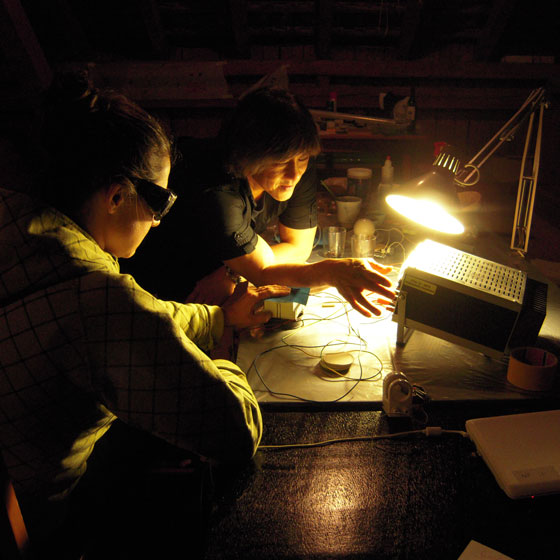
Controlling the feedback
A power supply is used to control thermal feedback on the fingers and vibrotactile feedback in the palm (silicone ball).
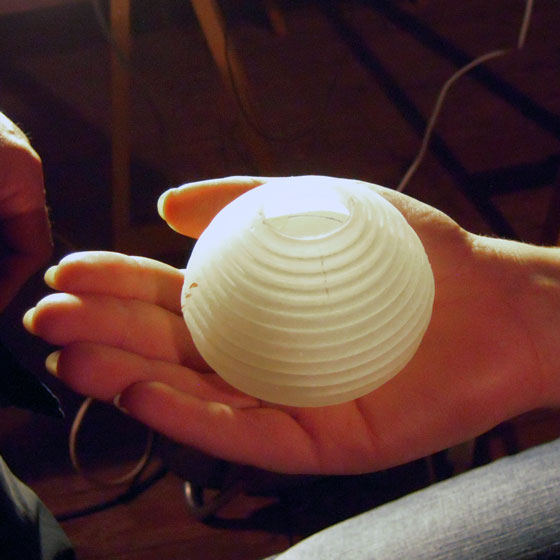
Haptic Neurofeedback Pilot Study
An experience was conducted to study how haptic feedback could affect the neurofeedback experience. Twelve subjects participated in the study and were asked to focus on the haptic perception in the hand and try to modify the mock-up’s behaviour to “calm it down”. This, in fact, required the subject to calm his/her mind state in order to calm down the Ball (feedback loop).
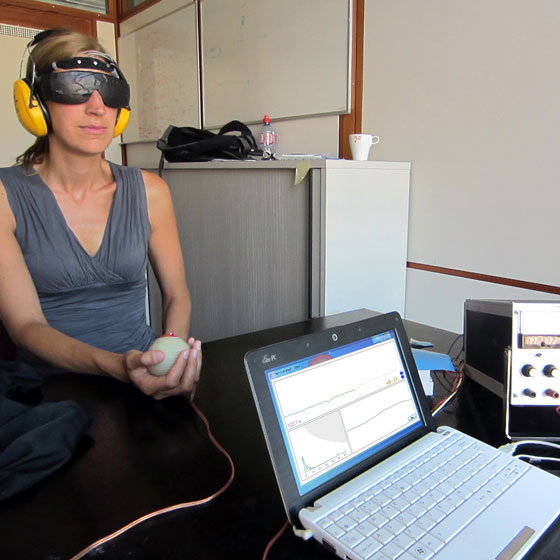
Experience
The blind and deaf subject wore a single electrode EEG wireless sensor on the frontal lobe and was asked to breathe deeply, relax and focus on the sensations in the hand. To simulate a haptic neurofeedback, I activated the prototypes mechanically, following the brain modulations in real-time on the computer. The subjects didn’t realise that the feedbacks were manually generated.
Shape/Hardness change
Here the participant is holding a “breathing” thing and focuses to make it breathe slower. When the participant’s mind calms down, the “breathing” slows down accordingly. For all the feedbacks, the blind/deaf interaction between mind and hand often induced strong emotional or visual experiences, similar to a streaming of “inner personal data”.
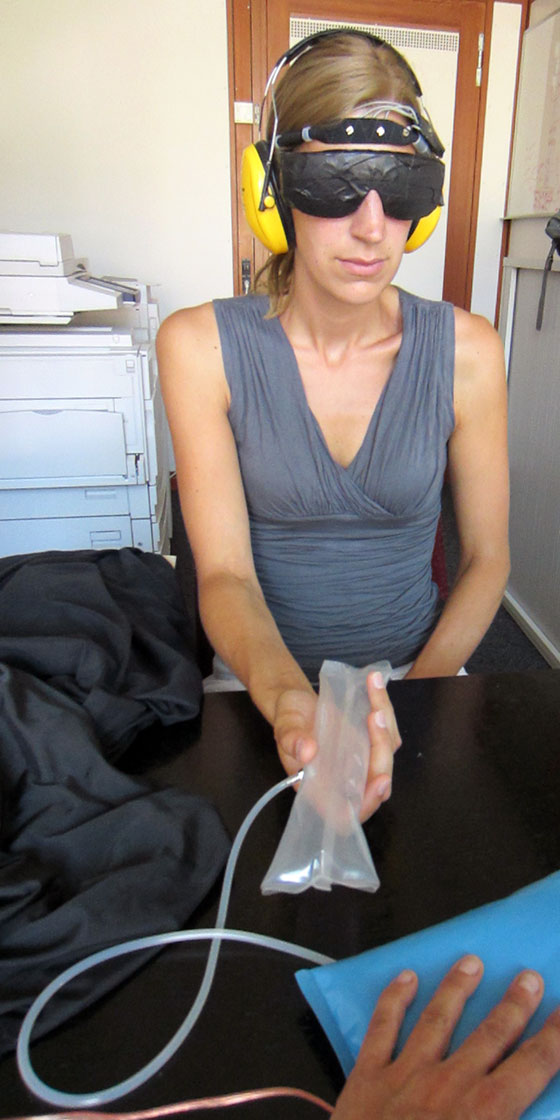
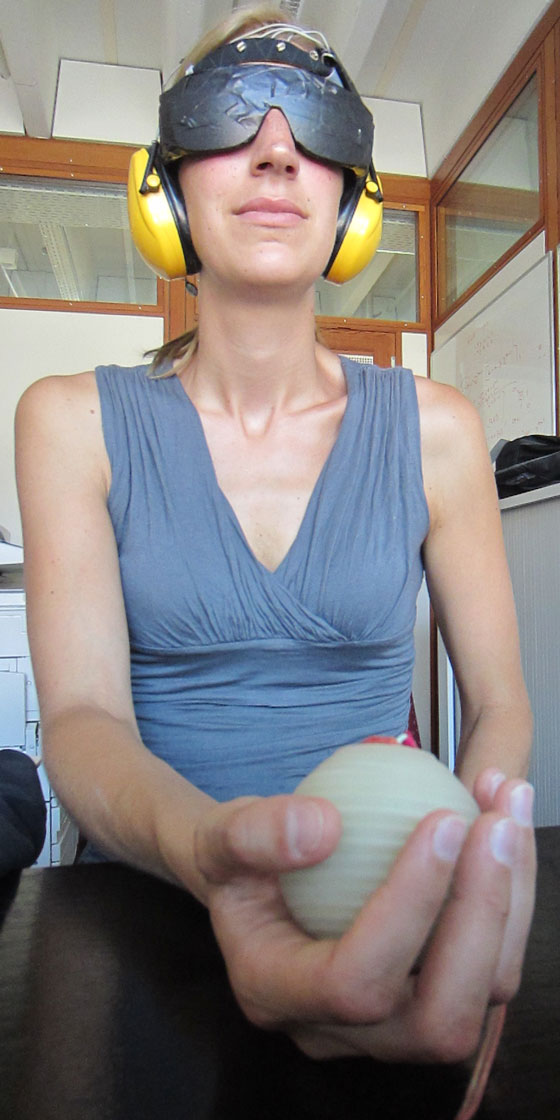
Vibrotactile Feedback
For most of the subjects, it was a paradigm shift but once they understood that their brain modulations influenced the device’s behaviour, then they started to feel in control and were improving faster and at a faster rate. When they didn’t feel in control, the participants felt that the object was controlling them, which was described as negative. On the opposite, the feeling of controlling the object with their mind was overwhelming.
Thermal feedback
The cold feedback was especially unusual and was described as either strongly pleasant or unpleasant.
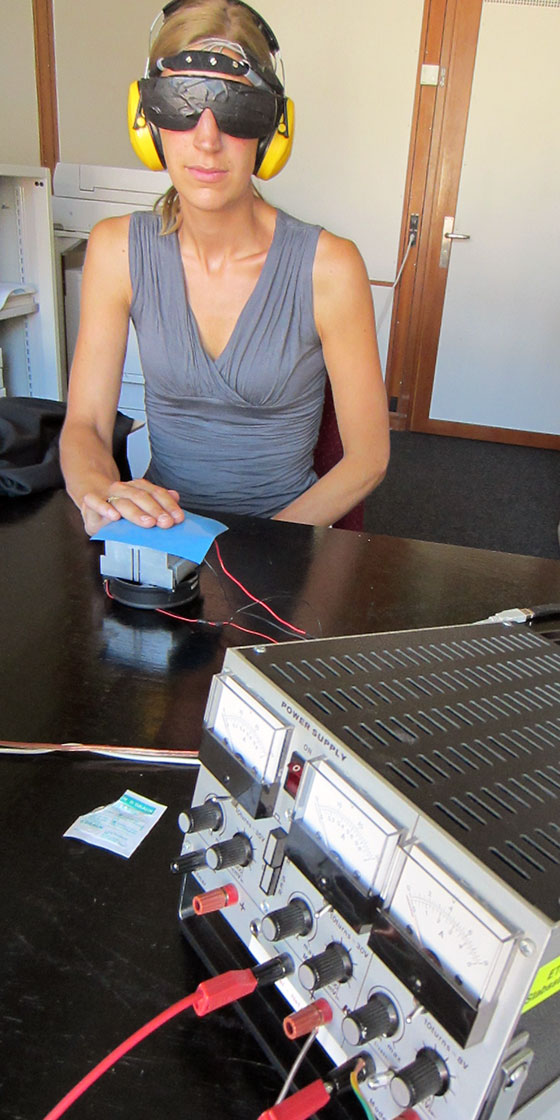
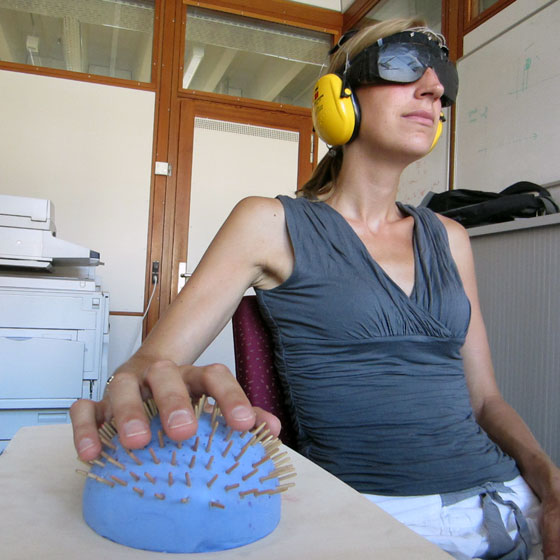
Shape/Texture change
When they didn’t feel in control, the participants felt that the object was controlling them, which was described as negative. On the opposite, the feeling of controlling the object with their mind was overwhelming.
A significant finding for me was that being mindful while focusing on haptic perception induced by a brain-responsive object can provoke strong emotions, vivid visualisations and distinct comfort or discomfort. Most interestingly, if the programmed behaviour of the haptic ball is changed (i.e. inverting the volume), it affects the perception very differently.
Strangely and unexpectedly, while I was myself testing haptic neurofeedback, I experienced some sort of “cerebral scenography” induced by this feedback loop of control and perception of control…
The Ball is energy-efficient, self-contained and connects wirelessly to a brain sensor. It collects and processes streaming brain signals to return a haptic feedback in the hand of a user focusing on his/her brain frequencies to make them “calm down”.
This includes vibrations, pulsations and shape modulations. The Ball can be calibrated for a user by customizing the neurotraining protocols and haptic feedback. This is done wirelessly using an iPhone. When not in use, the Ball rests with the sensor on a contactless inductive charging docking station that recharges its battery.
Prototype
Texts and images coming soon.
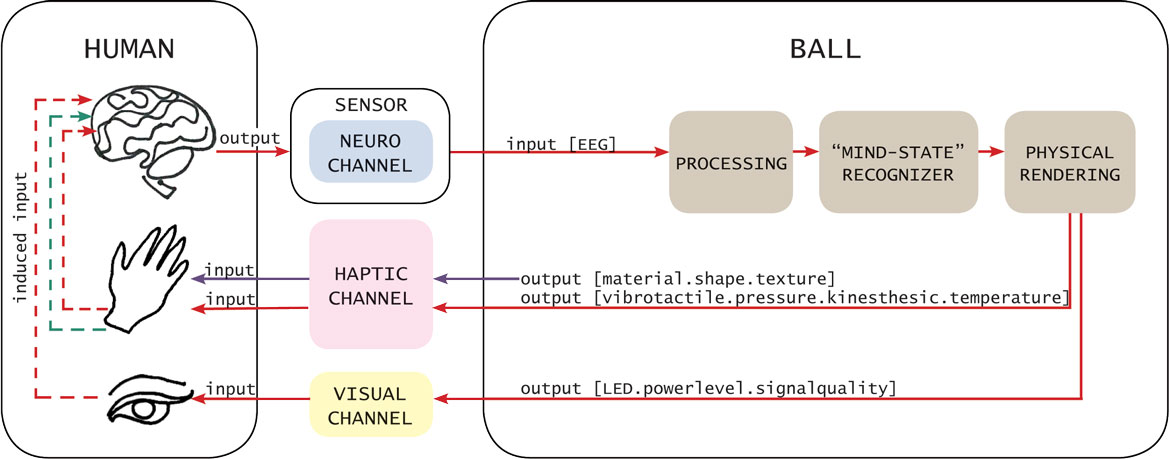
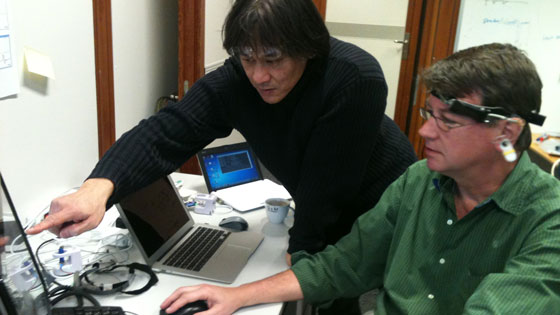
Wireless communication
Establishing the LE BT 4.0 wireless communication between EEG sensor and Ball.
One knows instinctively how to hold a delicate object or living creature in his/her hands, such as an egg or a bird, anticipating how to interact with it by holding, touching, looking and listening. Soon enough much of our interface between digital information and humans will be tangible media, giving us instantaneous knowledge about how to interact with them, regardless of the complexity of their function.
From Csikszentmihalyi’s Flow theory “being at one with things”, we become one with things. Does this make us smarter, or even wiser? An underlying question resides in the notion of control, namely “which controls which”? Or put differently, “which is controlled by which”? Is this only a matter of perception?